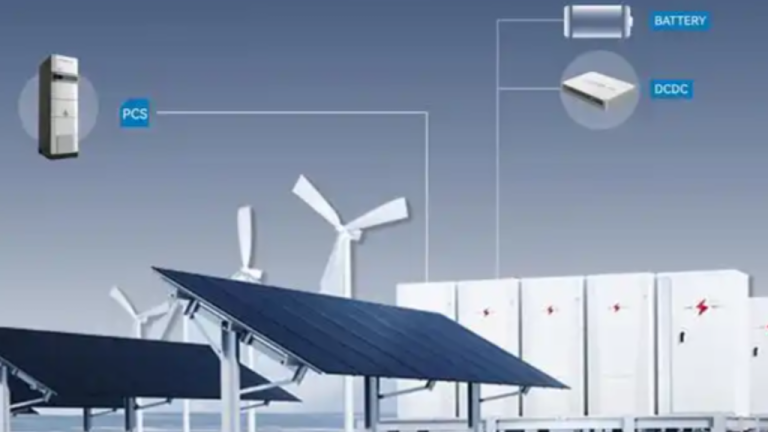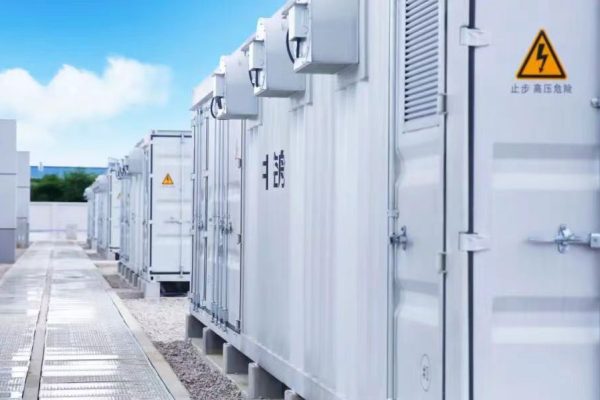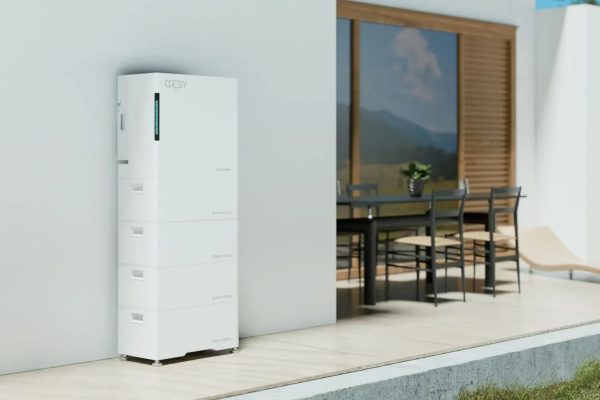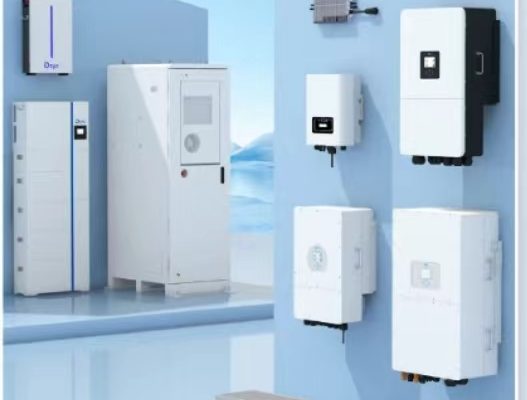A Technical Guide for System Integrators and Energy Solution Providers
Introduction
In industrial and commercial energy storage projects, the Power Conversion System (PCS) plays a central role in linking batteries, the grid, and the load. Unlike small residential hybrid inverters, a PCS in industrial applications must handle higher power levels, more complex grid interaction, and multi-mode operations (on-grid/off-grid/parallel).
Choosing the right PCS is not just about specs—it’s about ensuring system compatibility, safety, performance, and long-term support. This article breaks down what integrators and technical trading teams should consider when selecting a PCS for C&I (Commercial and Industrial) energy storage projects.
1. What Is a PCS in Industrial ESS?
A Power Conversion System (PCS) is a bi-directional inverter that manages the energy flow between:
- Battery Storage
- Grid
- Local Loads
- PV Systems (in some setups)
Unlike hybrid inverters for home use, industrial PCS units often:
- Support higher voltage and current levels
- Are modular for scalability
- Include grid-forming or grid-following functionality
- Offer multi-port operation (AC, DC, PV input, GENSET input)
- Have robust communication protocols (Modbus, CAN, Ethernet)
2. Key Functions of a PCS
Before choosing, understand what a PCS must do in your target project:
| Function | Description |
|---|---|
| AC-DC & DC-AC conversion | Charging/discharging battery; feeding energy to grid or loads |
| Grid-tied mode | Export/import power from grid |
| Off-grid/island mode | Form a stable AC grid when disconnected |
| Black start | Restore power in total outage |
| Reactive power control | Support voltage stability for the grid |
| Peak shaving/load shifting | Scheduled operation to optimize tariff costs |
| Backup support | Priority power to critical loads |
3. Types of PCS by Topology
Industrial PCS can be configured in several ways. Understanding these helps choose the right layout:
a) AC-Coupled PCS
- Connects batteries and grid/load via AC side
- Easier retrofit with existing PV systems
- Separate PV inverter required
- Flexibility in battery type and voltage
Use case: Existing factory with grid-tied PV wants to add energy storage.
b) DC-Coupled PCS / Hybrid PCS
- PV and battery share DC bus
- Higher round-trip efficiency
- Requires more sophisticated control
- Often custom-integrated
Use case: New build where both PV and battery are planned from the start.
c) Modular PCS (String-based)
- Scalable from 50kW to several MW
- Easier maintenance and replacement
- Parallelable units
Use case: Multi-stage industrial projects or rental systems.
4. Key Parameters to Consider
Here are the critical specifications when sourcing a PCS:
✅ Rated Power (kW)
- Match PCS power to battery bank and load size
- Typical C&I sizes: 50kW, 100kW, 250kW, 500kW, 1MW
✅ Battery Voltage Range
- Common ranges: 500V–1500V DC
- Check compatibility with LFP or NMC battery stacks
✅ AC Output Voltage
- 400V/3-phase for low-voltage projects
- 690V or medium voltage (MV) for large-scale plants
- Must match transformer rating or on-site grid
✅ Efficiency
- Look for PCS with >97% round-trip efficiency
- Heat generation affects cooling needs and lifespan
✅ Grid Standards & Certifications
- Compliance with IEC 62477-1, 61000-6-2/4, CE, UL1741, IEEE1547
- Country-specific grid codes: Germany (VDE-AR-N 4110), UK G99, China GB/T
✅ Communication Protocols
- Modbus TCP/RTU, CAN, SNMP
- Should work with your BMS, EMS, and SCADA
👉 Related Article: How to Select an EMS for PV+Storage Systems
✅ Protection Functions
- Over/under voltage
- Overcurrent
- Short circuit
- Anti-islanding
- Surge protection
- Isolation monitoring (especially important with high-voltage DC)
5. Environmental and Installation Considerations
Industrial PCS units are often installed outdoors or in harsh environments. Consider:
🌀 Cooling Method
- Natural cooling (small units)
- Forced air cooling
- Liquid cooling (recommended >500kW)
🌡️ Operating Temperature Range
- Industrial PCS must tolerate wide ranges: -20°C to +60°C
- Derating may occur outside standard temperature range
📦 IP Rating
- Minimum IP54 for outdoor installation
- IP65 preferred in dusty or humid areas (mining, coastal)
6. Sourcing Strategy: What Buyers Should Check
As a technical trader or EPC company, here’s how to evaluate PCS suppliers:
| Checkpoint | Why It Matters |
|---|---|
| Full test reports | Verify performance, safety, and standards compliance |
| Commissioning support | Local support or remote startup assistance |
| Spare parts availability | For warranty and maintenance continuity |
| Software flexibility | Ability to upgrade, configure modes, and integrate EMS |
| Third-party battery compatibility | Especially important for open-platform systems |
| Failure rate and return policy | Understand long-term risks |
7. Case Study: 500kW PCS in a Textile Factory
Project Scope:
- Factory with 1MW peak load
- 1MWp rooftop PV
- 1MWh LFP battery system
- Load shifting + grid backup required
Solution:
- 2 × 250kW PCS in parallel
- 1000V battery system
- EMS optimized for TOU pricing
- PCS installed in outdoor cabinet (IP54, forced air cooling)
Results:
- 30% energy cost savings
- 100% backup support during two grid outages
- Remote monitoring via Modbus + cloud EMS
8. Internal Link Suggestions (for SEO + Navigation)
- Typical Load Profiles in C&I Applications
- Key Parameters When Sourcing Hybrid Inverters for Export
- Why Technical Knowledge Beats Low Price in ESS Sales
9. Final Recommendations: Choose with Context
When selecting a PCS for an industrial storage system, it’s not just about maximum power or price. The best PCS for your project is one that:
- Matches battery specs and safety
- Complies with grid standards
- Fits environmental conditions
- Supports smart energy management
- Offers reliable after-sales support and commissioning
As a technical trading company, your value lies in asking the right questions, evaluating vendors carefully, and ensuring a smooth integration experience for your clients.
Need Help Matching PCS and Battery?
We offer flexible sourcing for industrial-grade PCS (50kW to 1MW+), compatible battery packs, and integrated control systems. Contact our team for technical consultation and fast response sourcing.









